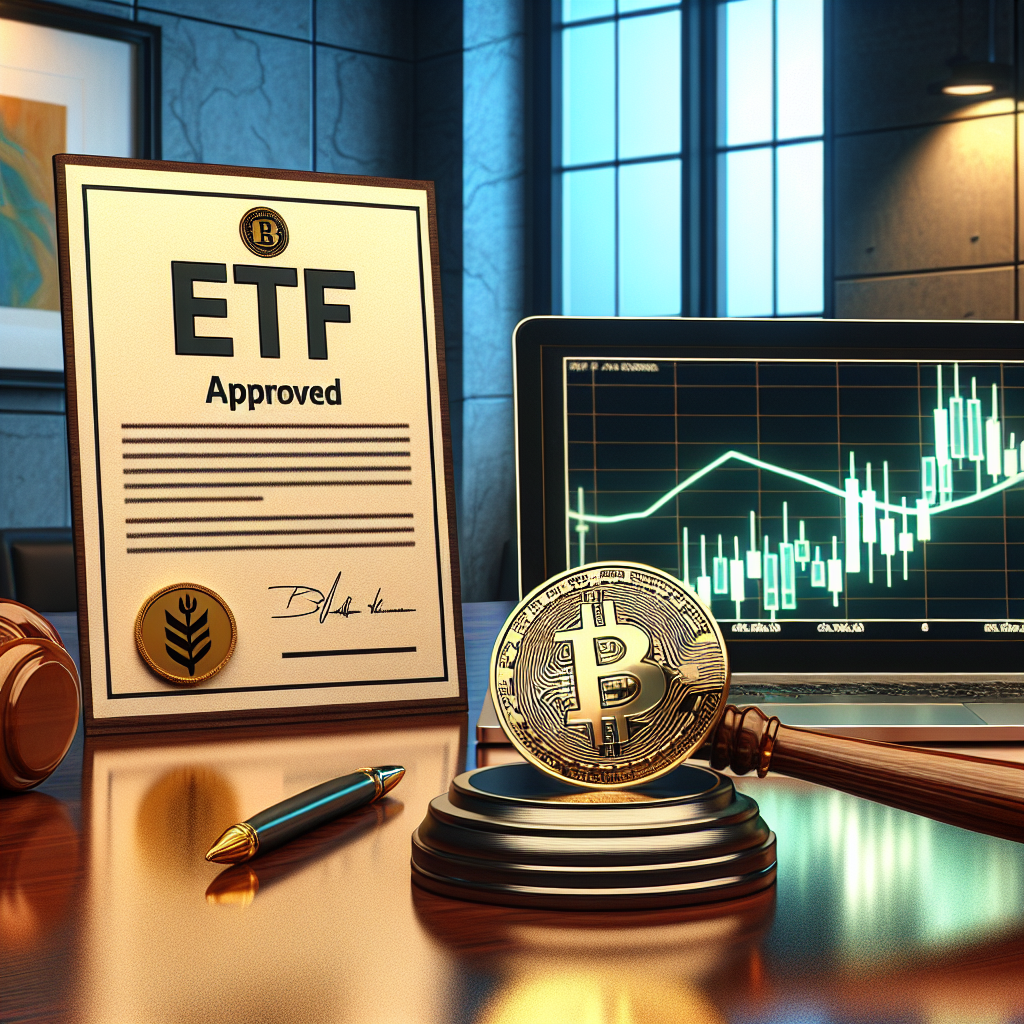Introduction to Ripple’s entry into the stablecoin market
Ripple, the blockchain-based payment protocol, has recently made a significant move by entering the stablecoin market. This move puts Ripple in direct competition with established stablecoins such as Tether and USDC. Stablecoins, as the name suggests, are cryptocurrencies designed to maintain a stable value by pegging their price to a specific asset, usually a fiat currency like the US dollar.
The decision to enter the stablecoin market is a strategic one for Ripple. By offering a stablecoin, Ripple aims to provide its users with a more reliable and predictable digital asset that can be used for everyday transactions. This move also aligns with Ripple’s broader vision of revolutionizing the global payments industry by providing faster, cheaper, and more secure cross-border transactions.
One of the main advantages of stablecoins is their ability to mitigate the volatility commonly associated with cryptocurrencies. While traditional cryptocurrencies like Bitcoin and Ethereum can experience significant price fluctuations, stablecoins offer a more stable alternative. This stability makes stablecoins an attractive option for individuals and businesses looking to transact in the digital currency space without the risk of value fluctuations.
Tether, the largest stablecoin by market capitalization, has faced its fair share of controversies in recent years. Questions have been raised about the transparency and backing of Tether’s reserves, which are supposed to be pegged to the US dollar on a one-to-one basis. These concerns have led to increased scrutiny from regulators and have created an opportunity for other players to enter the stablecoin market.
USDC, another major stablecoin, has gained popularity due to its strong regulatory compliance and transparency. USDC is issued by Circle, a fintech company backed by prominent investors such as Goldman Sachs. The stablecoin has gained traction in the decentralized finance (DeFi) space and is widely used in various blockchain applications.
Ripple’s entry into the stablecoin market brings a new player with its own unique advantages. Ripple’s payment protocol, known as RippleNet, already has a strong network of financial institutions and banks using its services. By integrating a stablecoin into its existing infrastructure, Ripple can leverage its extensive network to drive adoption and usage of its stablecoin.
Furthermore, Ripple’s stablecoin could benefit from the company’s focus on regulatory compliance. Ripple has been actively working with regulators to ensure its payment solutions meet the necessary legal requirements. This commitment to compliance could give Ripple’s stablecoin an edge over competitors, especially in an industry where regulatory scrutiny is increasing.
In conclusion, Ripple’s entry into the stablecoin market marks a significant development in the cryptocurrency industry. By offering a stablecoin, Ripple aims to provide a more reliable and predictable digital asset for everyday transactions. With established stablecoins like Tether and USDC facing their own challenges, Ripple has an opportunity to carve out a niche in the market. Leveraging its existing network and commitment to regulatory compliance, Ripple’s stablecoin could become a formidable player in the stablecoin space. As the competition heats up, it will be interesting to see how Ripple’s entry impacts the overall stability and adoption of stablecoins in the cryptocurrency ecosystem.




